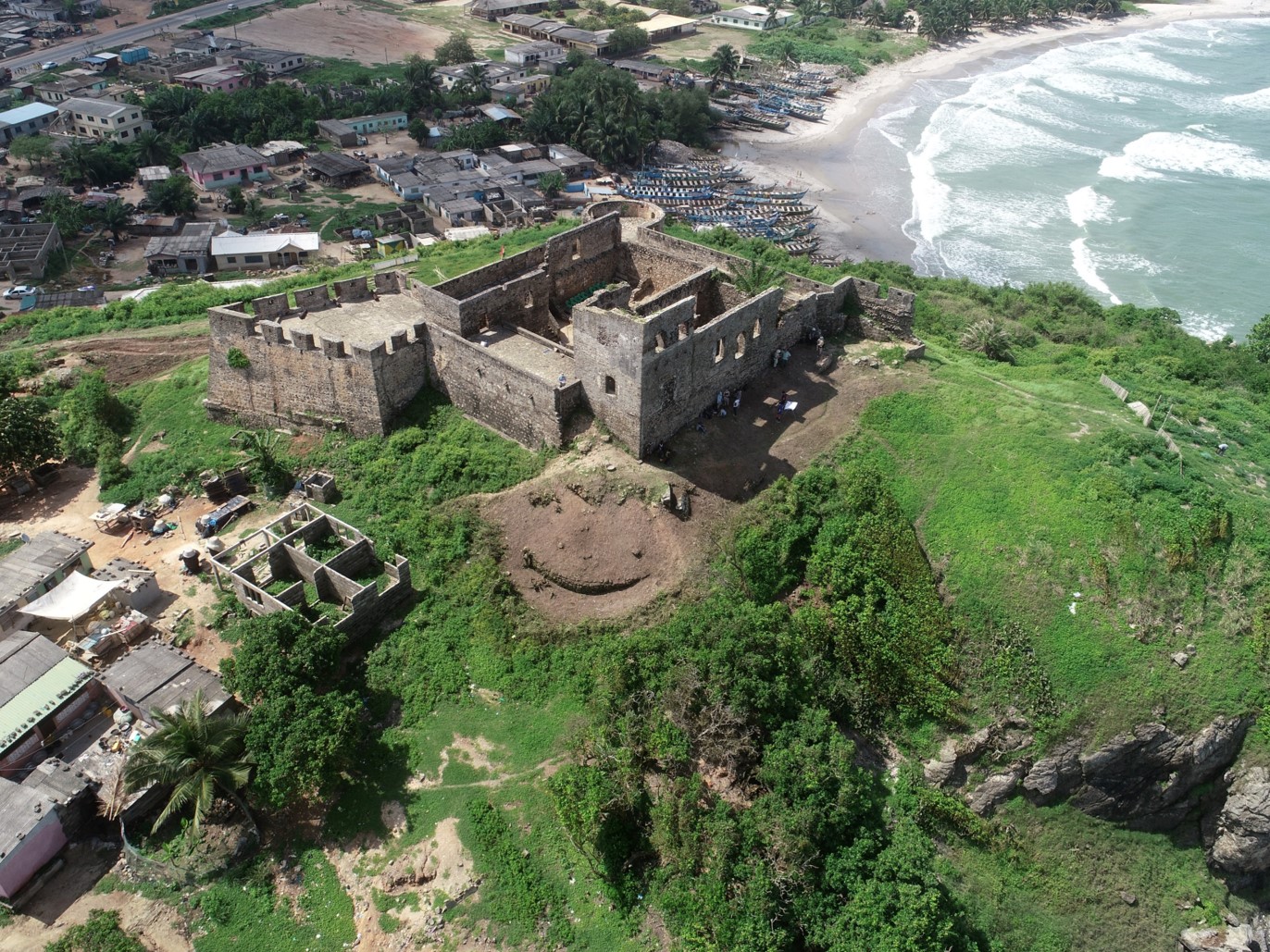Resurrecting The Past
How do we know what we know about the past?
Different disciplines use different bodies of evidence to interpret past places and people, guided by their research questions. Anthropologist may interview residents and visitors to understand peoples’ connections to, feelings about, and stories associated with an historic site. Historians comb archives for written accounts of creating and using a site, as well as the activities and events that occurred there. Historical architects and engineers examine the fabric of old structures, using construction materials and techniques to infer how, when, and who built them, how they changed over time, and how sound they are in the present. Archaeologists expose and analyze hidden or buried building elements and artifacts recovered in soil layers associated with them in order to reconstruct a wide range of human activities. Maps and historic sketches and photographs aid archaeologists and historians alike in spatially representing sites at particular moments in time. Taken together, these different disciplinary approaches and the insights they produce allow us the fullest understanding possible of, nevertheless, an always incomplete and imperfectly understood past.
Contrary to expectations, the past is always changing. As scholars find or generate new evidence, ask new research questions, and adopt new technologies and approaches, we revise, correct, or expand our knowledge of particular historic sites and the past more broadly. Contemporary social and political change also destabilizes history: social justice, the pursuit of inclusivity, and a democratizing of whose pasts are worthy of study have radically reshaped much Humanities and Social Science research in recent decades and forced complex reconsiderations of historical sites and events that take multiple perspectives and understandings into account as we recognize and try to address silences and omissions in historical and archaeological records (Trouillot 1995).
Kormantin has a complex and elusive past that has proven particularly challenging to recover. Despite its singular role as the headquarters from which England spread outward along Africa’s Atlantic coast Kormantin has virtually disappeared, since the town is now known as Abandze. England’s Kormantin abruptly ceased in 1665 when a Dutch fleet captured it at the start of the Second Anglo-Dutch War. The battle-battered remains of English “Cormantine Castle” vanished into a rebuilt, expanded Fort Amsterdam around 1681. Over the next century and a half, Fort Amsterdam remained a minor trade center but a significant diplomatic post bordering the Fante Nation. After the 1780s, Kormantin’s trade contracted due to Netherlands’ inability to supply goods and the collapse of the Dutch Slave Trade. When the fort was sacked in 1807 by an Asante army, there was little will to rebuild it; a second capture in 1811 finished it off.
Ironically, we know less about nineteenth- and early twentieth-century Kormantin than we do about its ancient heyday, when English and Dutch companies documented the ships, men, and cargoes that came and went and local interaction with coastal neighbors and inland traders. The ruined fort does not appear on maps and early photographers did not deign to visit it. A single sketched 1920s postcard shows the hilltop fort’s shell peaking from the overgrowth.


